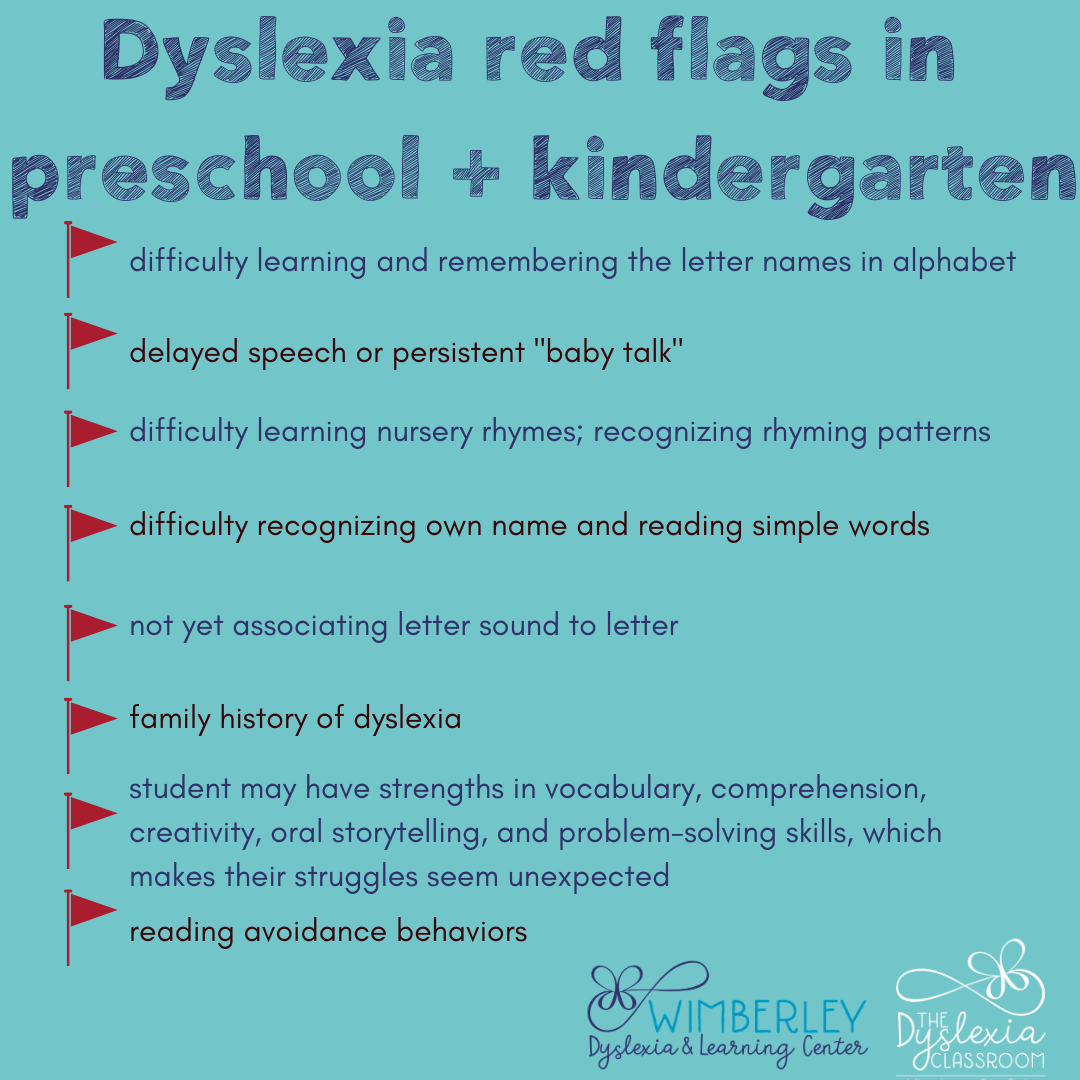Why We Need to Say Dyslexia in Every Single Classroom

For those students with a language-based learning disability such as dyslexia, the knowledge, understanding, and approach of a classroom teacher can make all the difference in the world. When we talk about dyslexia and education, our primary focus is on addressing reading difficulties. Providing the appropriate instruction is essential for our dyslexic learners. However, we can't stop here.
The impacts of dyslexia are far-reaching. Dyslexia can impact academics, self-esteem, and beyond. We need to have a deeper understanding of dyslexia to see how it can impact all curriculum and social-emotional areas.

Each of these areas deserves its own blog, but today the focus will be on how dyslexia connects to academic areas within our schools. Dyslexia is a language-based learning difference, and many of our children will have difficulties in areas beyond reading class.
Looking at Reading Beyond Language Arts
Students with dyslexia have difficulty with accurate and/or fluent word recognition. They also show signs of poor spelling and decoding abilities. Reading can be difficult and tiresome for our students.
Now, think about how much reading is required throughout the school day. We ask children, of course, to read in their reading class, but we also require them to read in math class for word problems, science class, social studies, art class, and sometimes even in PE class. Reading is woven into every part of our daily lives.

Think about the pace of the classroom; how quickly we move from one subject to the next within our daily lessons. This pacing can cause a challenge and is one reason we provide extended time for our students.
Students with dyslexia often have labored fluent reading, which impacts learning and can cause anxiety and stress. For this reason, we ask for audiobooks to be accessible to our students across the curriculum. They are often required to read chapters within multiple classes, write responses, and take notes during lectures and readings. Understanding that these assignments will take longer to complete than their peers is why having audiobooks for science, social studies, chemistry, etc., are needed. Being cognizant of this as an educator and understanding the implications of our assignments and what accommodations we can provide is necessary for our children to access the curriculum, learn the material, and keep their focus on the content and not on their reading difficulties.
Understanding Dyslexia and How it Impacts Learning is Essential
What can we do?
Here are some ways that we can assist our students across the curriculum:
- Provide access to audiobooks
- Provide extended time
- Plan for what materials students are required to read, and find those that can be read aloud or accessed on audiobooks
- Explicitly teach language and vocabulary in all subjects
- Provide anchor charts to assist in sequencing or multiple-step problems
- Pre-teach vocabulary (thinking about how to frontload within the oral lexicon first)
- Provide a copy of teacher notes
- Think about the impact of language within your content/subject + explicitly address areas of confusion
- Provide access to spellcheck
- Students read aloud in front of peers voluntarily
- Be cognizant of the pacing of the lesson
- Use concise and consistent language and check for understanding
- Think about the time needed to write down something from the board and possibly allow students to take a photo or screenshot instead
- Use clear rubric/expectations so students can monitor their understanding
- Be creative in how students can "show what they know"
- Create a dyslexia-friendly environment
- Honor each student's journey

You might be thinking, well, a lot of these are "good teaching" practices. This is true, but I meet with students, parents, and educators every year to discuss how the impacts are seen within other subject areas. It is why I firmly believe that all educators should learn about dyslexia and appropriate accommodations so that they have the knowledge and empathy to help all children succeed. Let's start having conversations about dyslexia in every classroom.
When we create a school-wide dyslexia-friendly environment that honors our students' educational needs, we can work together to help all children reach their potential. I hope you found some ways to support your students with dyslexia. Comment below and share if you have any other tips that could benefit this community.
Have a great week!
Casey @The Dyslexia Classroom

This information is the intellectual property of @2016 The Dyslexia Classroom®. Do not use or repurpose without expressed permission from The Dyslexia Classroom®. Please email [email protected] for permission, and give The Dyslexia Classroom® an attribution if you use, reference, or quote/paraphrase copyrighted materials. This includes but is not limited to blogs, social media, and resources.




